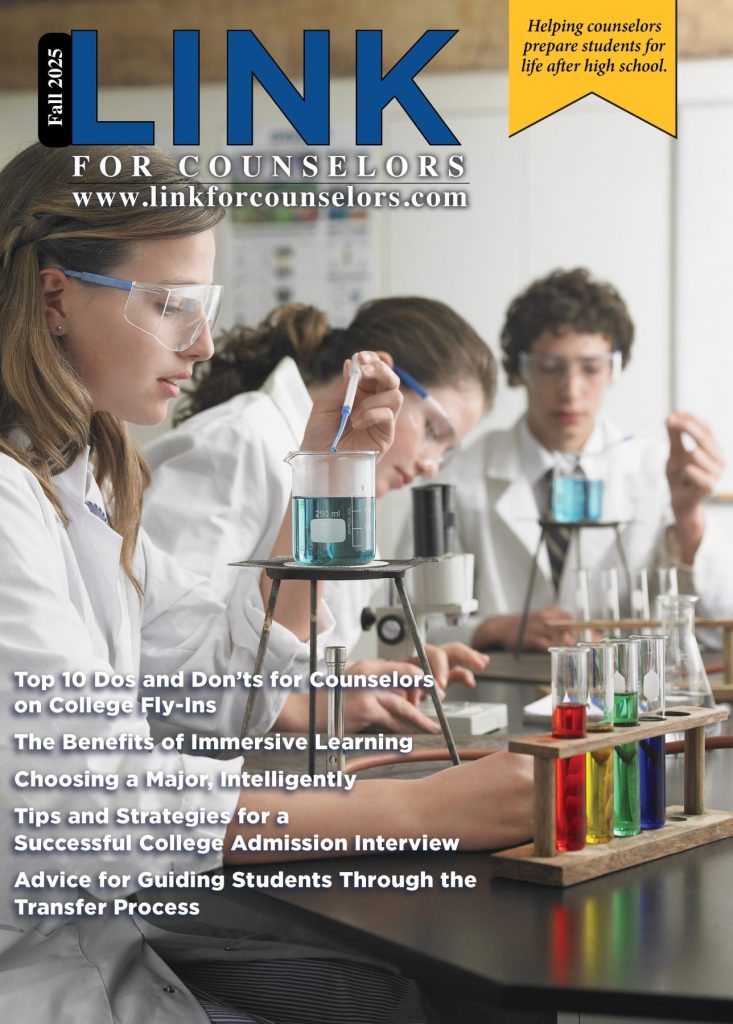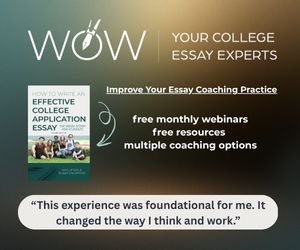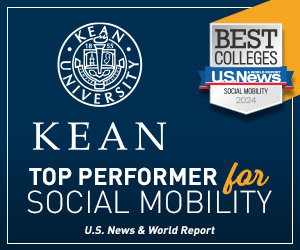As someone tasked with inspiring curiosity, understanding various industries, and providing guidance to students, it’s not always easy to keep up with every field. However, having some exposure to key careers in certain fields can make your job of helping students pursue successful careers easier.
Today, STEM careers have become more appealing to students with AI technology and advanced robotics becoming staples in popular culture. Being able to lay out some key aspects of the STEM field for students can make it easier to nudge them on the right path.
Here’s an in-depth look into the career landscape for students interested in STEM.
Engineering
Engineering is a broad and exciting field with many different areas of specialization. For students with an interest in STEM, becoming familiar with their engineering options can go a long way. This being the case, it can help someone in your position to have a rough understanding of some of the main types of engineers.
Some popular engineering roles include:
Chemical engineers: These professionals utilize their expertise to help create and manufacture a wide array of products, such as asphalt and gasoline. This is a role perfect for students with an interest in chemistry and manufacturing.
Civil engineers: These engineers are tasked with aiding in the designing and building of infrastructures, such as bridges. If a student has an interest in some STEM subjects and the field of architecture, this could be a perfect role to pursue.
Mechanical engineer: These professionals play a key role in the creation and innovation of products ranging from robotics to car engines. Students with an interest in building and fixing devices have an opportunity to pursue their passion by becoming mechanical engineers.
Beyond these particular roles, engineering students can specialize in roles such as aerospace engineer and production engineer. Given the many different professional avenues in engineering, it’s vital you’re able to explain to students interested in STEM their many varying options they have.
Healthcare
While many counselors steer students interested in healthcare toward roles such as physician and nurse, there is a wide array of STEM careers in the field. Knowing some key STEM roles in healthcare can help you guide students toward a successful career that allows them to pursue processes and practices they’re passionate about.
Some great STEM careers in healthcare include:
Biostatistician: Biostatisticians utilize their specialized knowledge of statistics to help uncover insights about medical ailments such as diseases and injuries. Students who have shown an interest in research and healthcare will likely be well suited to a career in the field of biostatistics.
Medical laboratory scientists: These professionals are tasked with performing clinical tests and analyzing the data of their results. Detail-oriented students who have shown an interest in making scientific breakthroughs could be a perfect fit for this important healthcare role.
Epidemiologists: Epidemiologists play an important role in society by studying how diseases spread and the populations they affect. Students with interests in both STEM subjects and serving communities can pursue both of these passions by stepping into the role of an epidemiologist.
In addition to these roles, there are a number of technology-focused roles in healthcare that students can step into. The more familiar you are with these different career paths, the easier it will be for you to convince students to step into a healthcare-focused STEM role.
Computer Science
Given the increasing popularity of digital and computer technology in our world, many students are becoming increasingly interested in the field of computer science. For students set on entering the field, it’s important to be aware of the many different roles they can pursue.
Some amazing STEM roles in computer science include:
Video game programmers: These professionals are tasked with writing the code that brings video games to life. For students interested in pursuing a career path in the video game industry, this is an amazing role to pursue.
AI engineers: AI engineers create and develop AI technology and applications, such as machine learning technology. Students interested in being at the forefront of technological innovation won’t need much persuasion to pursue a career as an AI engineer in today’s quickly evolving world.
Cybersecurity analyst: These increasingly important professionals help companies safeguard their computer networks from being compromised or hacked. Students with an interest in math and computers could be well suited to the role of cybersecurity analyst.
Ultimately, the computer science field is constantly growing and evolving. As such, it’s important to stay aware of innovations in the field and new careers that arise as a result of these advancements.
You Can Get Students Excited About STEM Careers
The STEM field offers a huge variety of career paths and areas of study. By effectively exposing students to the many different avenues they can take, you’ll be able to help them find the perfect role that fills them with excitement and determination.
This being the case, staying aware of the evolving STEM career landscape is a key aspect of helping students reach their potential and find the perfect STEM role for them.













